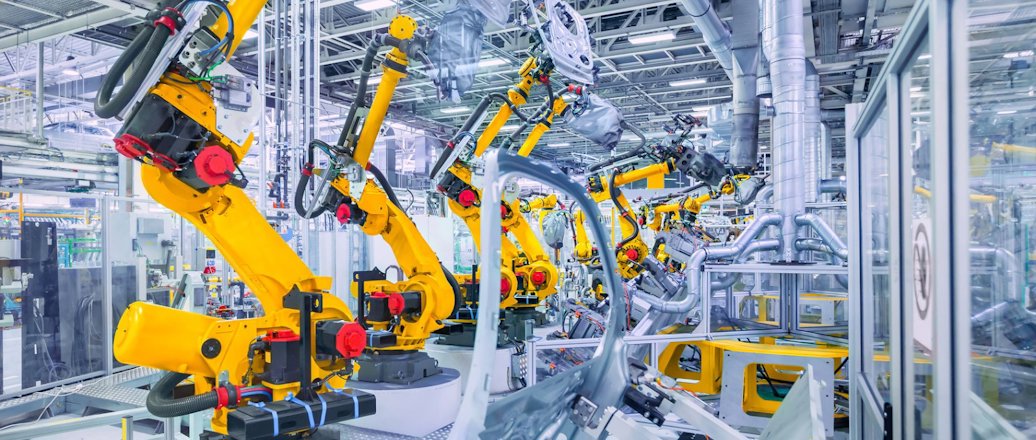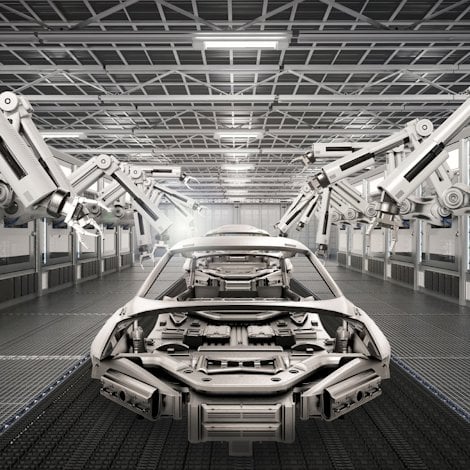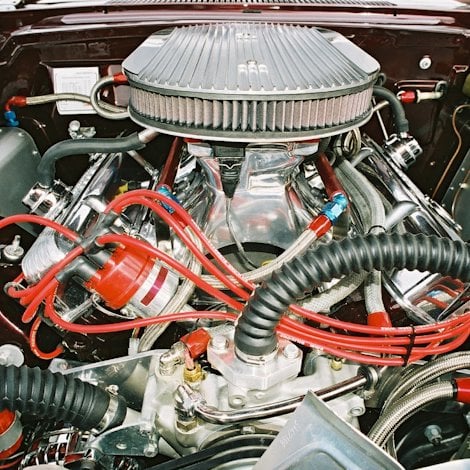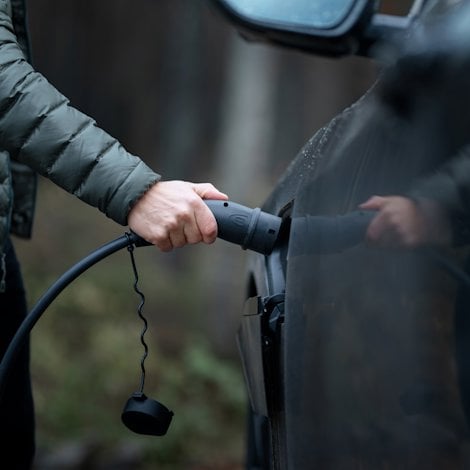Using electromagnetic pulse technology to join multi-material automotive components
Joining complex multi-material components in cars in the most cost-effective way is on the top of the agenda for most car manufacturers. Electromagnetic pulse technology is one of the processes that can help you integrate lightweight aluminium solutions in your designs.
In the vast forest of joining methods, electromagnetic pulse technology (EMPT) is one of the newer ones with regard to its broad industrialization. It is a niche technology that is excellent for joining, forming and welding electrically conducting materials, such as extruded and sheet aluminium, and brilliant for certain applications, particularly in e-mobility.
Because it is relatively new, you may not know that much about it. But that isn’t the important thing. What is important is how the technology can help you do what you dream of doing: Building an amazing car that is light, safe and appealing to the car buyers you want to reach.
Oh, and by the way: EMPT forms the high-strength joints by electromagnetic pulse crimping with a mechanical interlock or by electromagnetic pulse welding with a metallurgical weld.
Multi-material automotive components
This method of joining will help ensure that you have the right material for the right application. Replacing other joining methods, such as laser welds and bolted connections, is also going to look smart when you budget your project, especially with your high-volume production.
Other advantages:
- Fast processing time
- No heat-affected zones
- No distortion
- No inter-metallic phases or metallurgical changes
- Leak-free and helium-tight connections
- High repeatability and reliability
- No shielding gas required
- Ease of automation
EMPT in automotive and e-mobility
This technology has had success in the past with applications in cable crimping and pressure vessels. You will also find battery housings and power busbar connections, where dissimilar joining of aluminium and copper is benefiting from the low electrical resistance joint created by the EMPT weld.
Today, the growth in this joining technology is being driven by e-mobility and battery applications. One reason: Aluminium is the perfect material for the process.
Other potential automotive components include:
- Shock absorbers and suspension struts
- Chassis components, such as aluminium crash-management parts and space frames
- Tube connections
- Instrument panel (IP) beams and seat structures
- Battery enclosures








